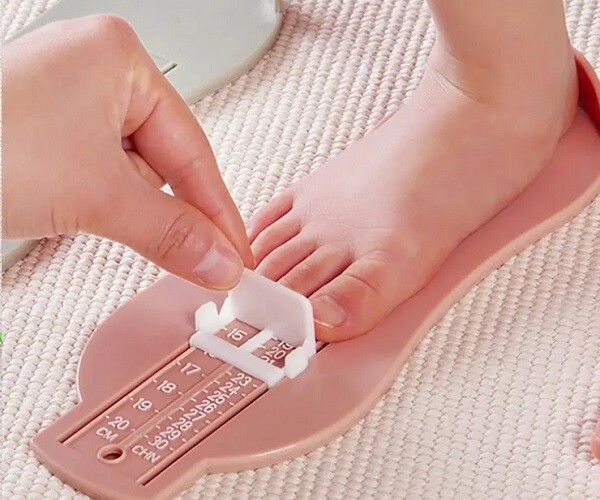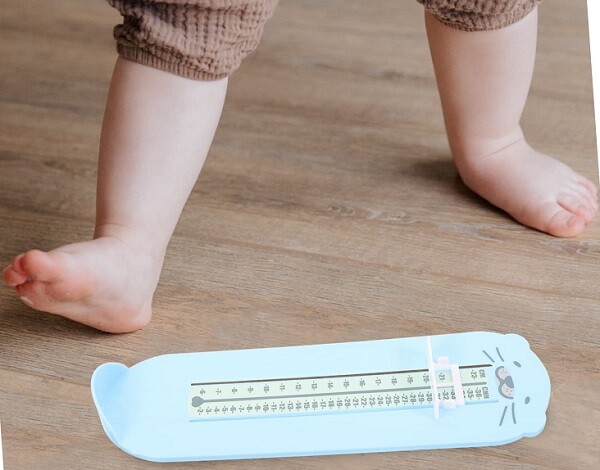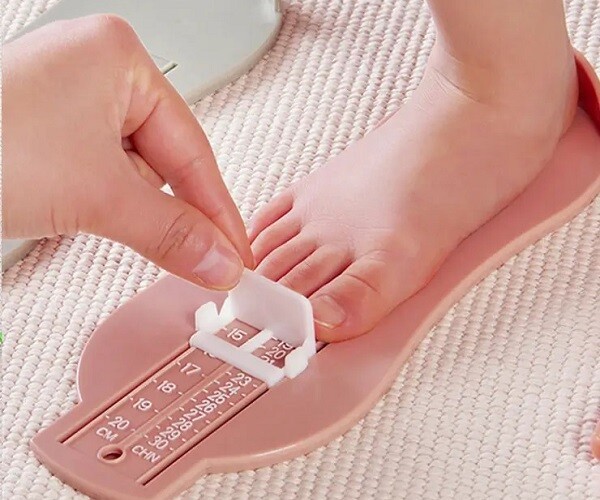

The Fundamental Relationship Between Height and Foot Length
Research has indicated that individuals who are taller tend to have larger feet. This correlation is attributed to the synchronized growth and development of various body parts during adolescence, adhering to specific proportional ratios.
In simpler terms, if a child has a larger bone structure, their feet, hands, and other body parts will correspondingly be larger. This development is not merely about size but also signifies the harmony and balance within the bodily framework.
During puberty, the release of growth hormones stimulates the growth of bones and soft tissues, resulting in synchronized development in multiple areas. Thus, larger feet are not only indicative of height but also signify healthy bodily growth.

Research has consistently shown that taller individuals tend to have larger feet.
Bone structure plays a pivotal role in determining body proportions. Children with larger bone structures are more likely to attain superior height compared to their peers with smaller bone structures.
As the bone structure develops, other body parts, such as feet and hands, must grow proportionally to maintain the body’s overall harmony. This explains why individuals with exceptional height often have larger feet—these body parts are designed to support balance and stability.

Can Foot Length Predict Height?
While there is a correlation between height and foot length, it doesn’t imply that foot length can be used as a direct predictor of height.
Each individual grows and develops at their own pace and pattern. Some children may experience rapid foot growth during a specific phase, while their height increases relatively slowly. In contrast, others may exhibit synchronized development in both areas.
Additionally, it’s important to acknowledge the differences in growth and development between boys and girls.

Individuals vary significantly in their growth rates and patterns.
Generally, boys tend to experience more rapid growth in height and foot length during puberty, while girls may exhibit faster foot growth before adolescence. Before the age of five, there is no significant difference in foot length between boys and girls. However, by the age of fifteen, boys’ foot length reaches adult proportions, averaging around 26 cm, while girls’ foot length averages 23 cm.
It’s worth noting that foot length development is influenced not only by gender but also by genetic factors, nutrition, environment, and other variables.

Genetics Play a Significant Role in the Relationship Between Height and Foot Length
If one or both parents are tall, their children are more likely to be tall as well, but this does not guarantee that their feet will be larger.
From a scientific perspective, the relationship between height and foot length can be explained by bone development. This development is regulated by growth hormones and thyroid hormones, which are most active during puberty.
However, bone development does not occur in a linear or entirely synchronized manner. The long bones of the feet (such as the metatarsal and phalangeal bones) tend to grow faster before and during the early stages of puberty, while the bones of the legs and spine experience more rapid growth in the middle and late stages of puberty.
Consequently, foot length may exceed height at certain stages, but it does not directly predict final adult stature.

There are differences in height development between boys and girls.
What Can Parents Do if They Want Their Children to Grow Taller?
Parents should focus on their children’s holistic development, rather than solely on foot size or height.
– Regular health check-ups are recommended to better understand their child’s growth and development.
– Ensure your child receives adequate nutrition, especially protein, calcium, and vitamin D, which are essential for bone growth.
– Encourage moderate exercise, such as running, skipping, and basketball, to promote bone development.
– Pay attention to sleep patterns to promote the release of growth hormones.
Instead of worrying about your child’s foot size, create a healthy environment for them to thrive, much like providing fertile soil and ample sunlight for a young plant.
Every child blooms at their own pace, so embrace patience, knowledge, and care as you nurture their growth in a warm and supportive atmosphere.
The Golden Season to Boost Height: A Plan for Moms to Help Their Kids Grow Taller by 5-10cm
Parents should actively guide their children in embracing exercise, adequate nutrition, and sleep to promote optimal growth and development. It is essential to instill these healthy habits from a young age to ensure they thrive and reach their full potential. By encouraging an active lifestyle, a balanced diet, and sufficient rest, parents can help their children grow taller and foster a foundation for a lifetime of wellness.







































